Spinnaker Handling: Twings

A recent addition to modern spinnaker handling are a set of control lines called 'twings'. Twings are used to control the position of the spinnaker sheet and guy to shape the sail, and although they are not standard rigging from Beneteau, they are easy to rig on a First 260 or First 25s. In the picture, you can see both the sheet and guy. Although hidden on the port (guy) side, you can see the twing attached to the sheet of starboard, holding it slightly down to give a better lead angle to the clew. This gives better sail shape. On the pole side, the twing helps the pole-down line control pole position. This diagram gives a good feel for how the lines are laid out. Ideally, you can control the twing from the cockpit as shown. Looking back at the first picture, the control device (F) is a Harken 150 camcleat with a Extreme Angle fairlead on it, mounted on the outer side of the coaming. You can see it easily in the picture. Here it is easily accessible by crew, and ...
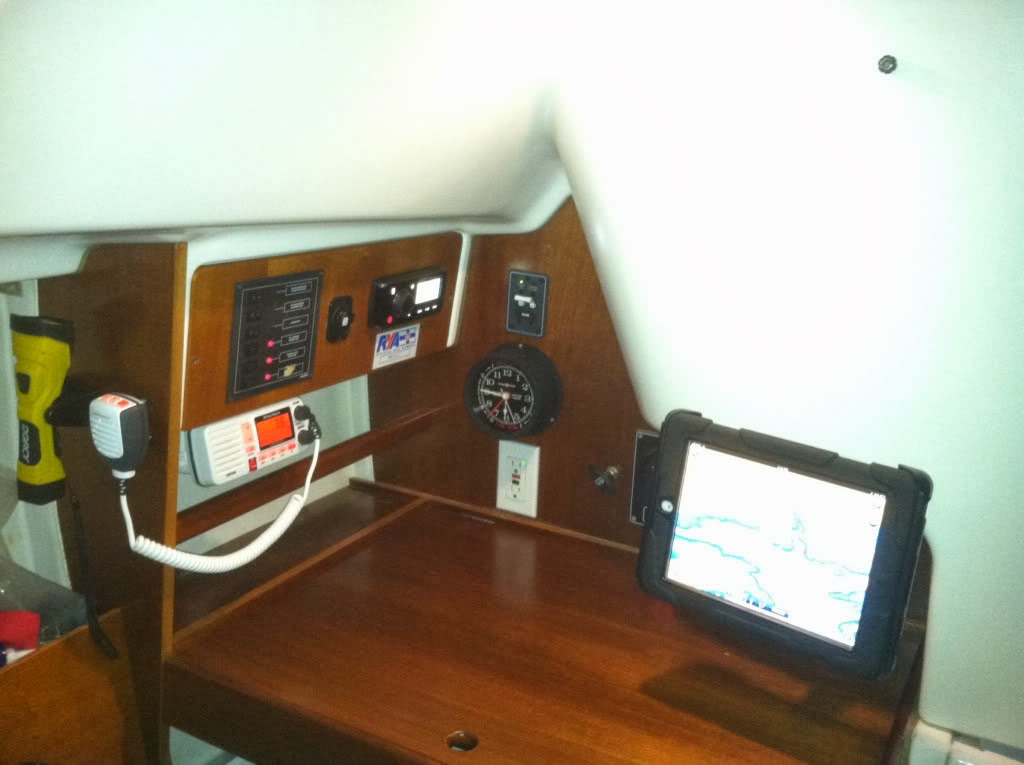
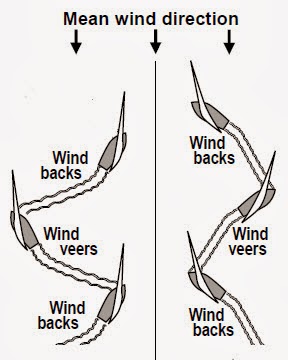
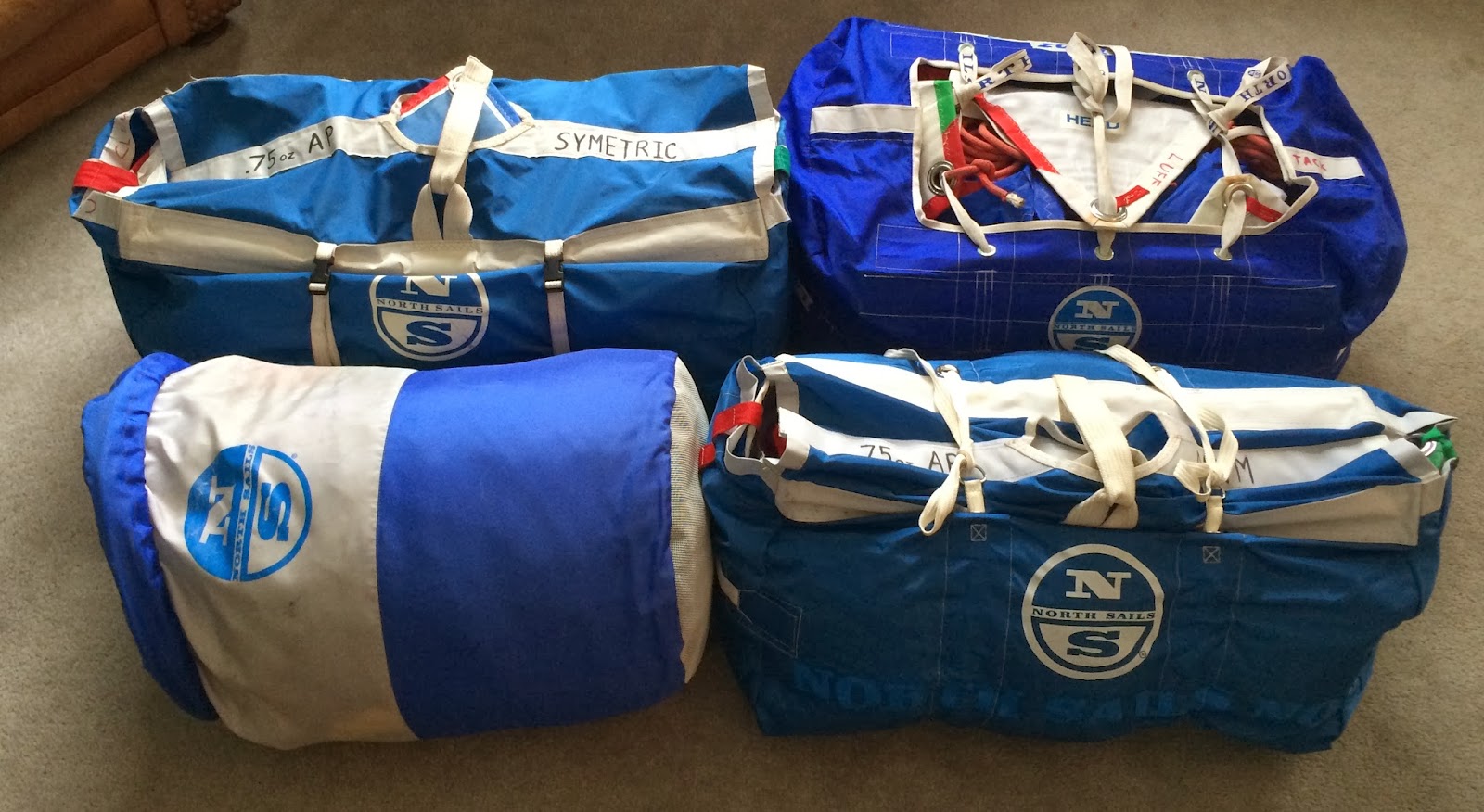
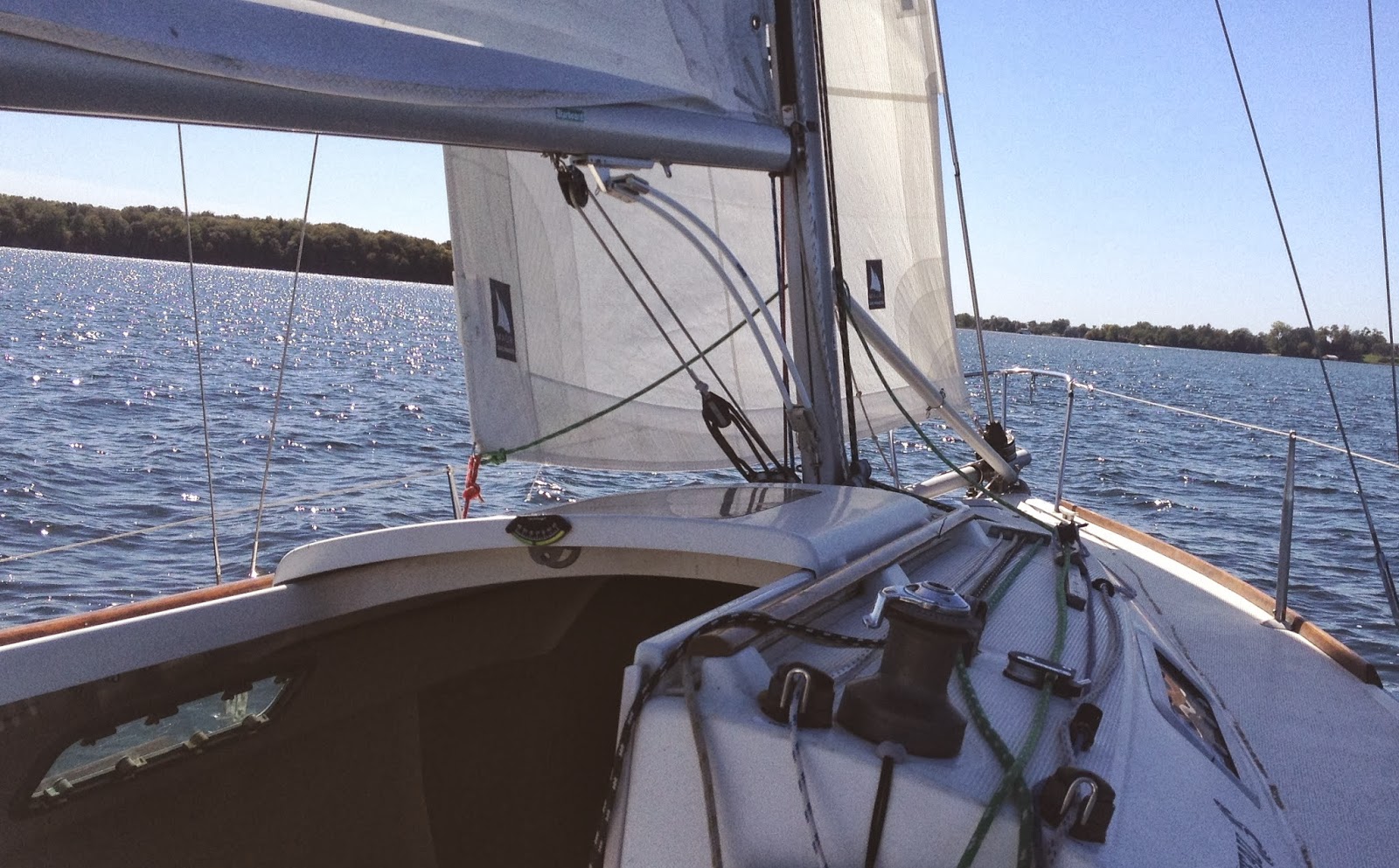

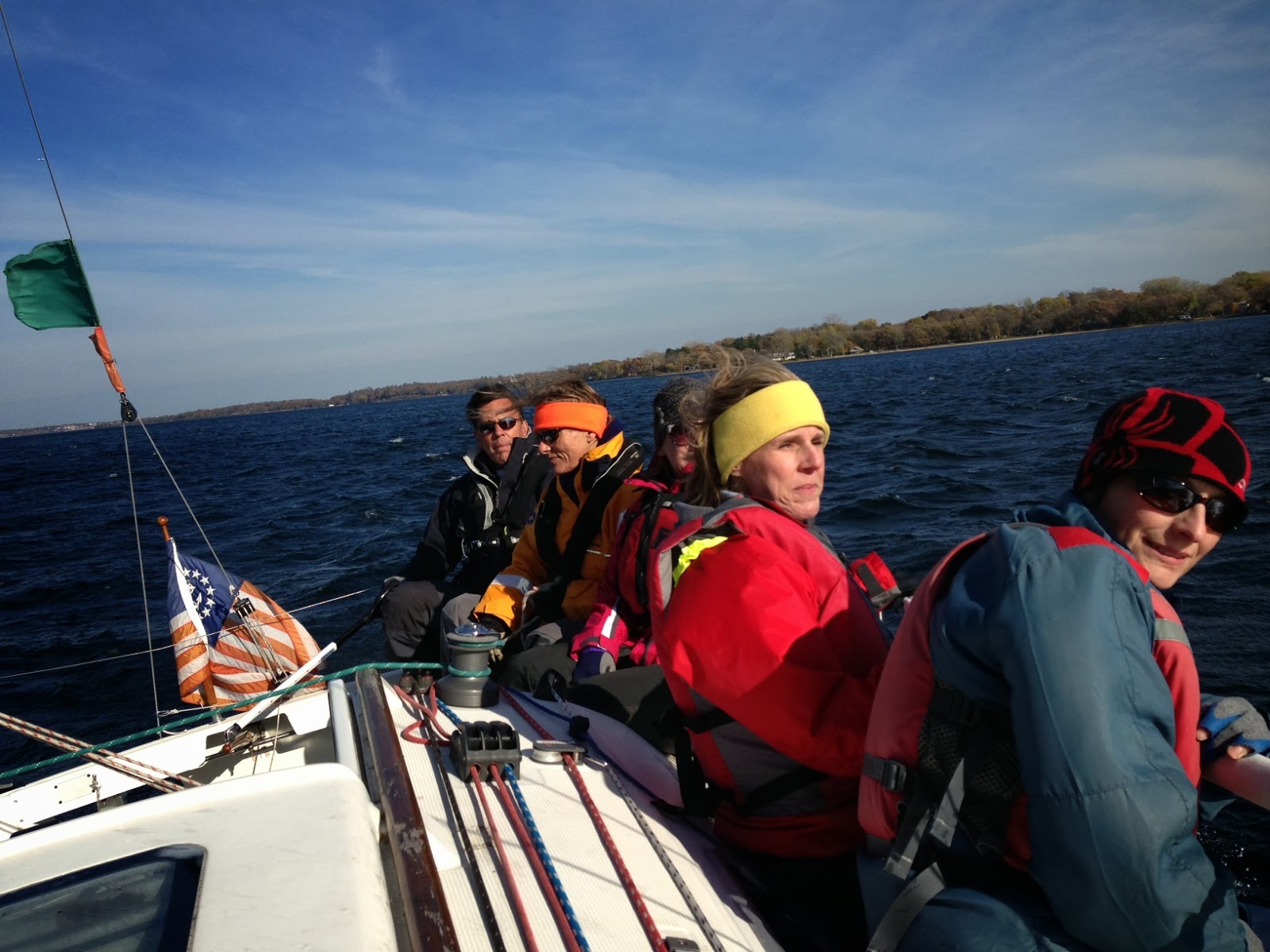
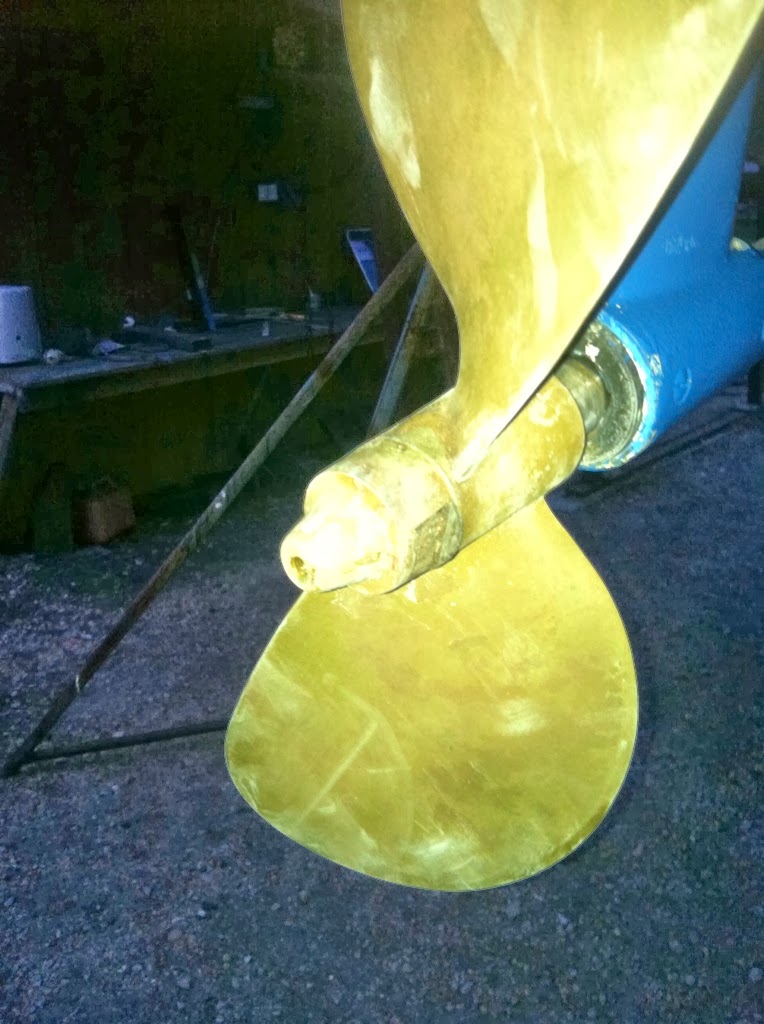

.jpg)

.jpg)